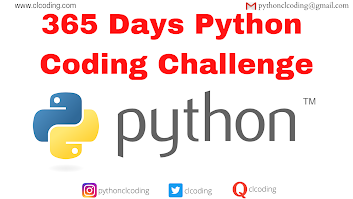Code Explanation:
import json
data = '{"a": 1, "b": 2}'
result = json.loads(data)
print(result["a"])
import json:
This imports the json module in Python, which provides functions for working with JSON data. JSON (JavaScript Object Notation) is a lightweight data interchange format that is easy to read and write for humans and machines. The json module allows you to convert between Python objects and JSON strings, and also helps with reading and writing JSON data.
data = '{"a": 1, "b": 2}':
Here, a JSON-formatted string is assigned to the variable data. JSON data is similar to Python dictionaries but represented as a string.
The string data contains a JSON object with two key-value pairs:
"a": 1
"b": 2
It's important to note that JSON keys and values are enclosed in double quotes ("), and the overall structure follows the format of a JavaScript object (which is similar to a Python dictionary).
result = json.loads(data):
This line uses the json.loads() function to load (parse) the JSON string (data) into a Python dictionary. Here's what happens:
json.loads() stands for "load string" and is used to parse a JSON string and convert it into a Python dictionary (or other corresponding Python objects).
In this case, the string data will be converted into a Python dictionary:
result = {"a": 1, "b": 2}
print(result["a"]):
This line prints the value associated with the key "a" in the result dictionary.
After parsing the JSON string, result is a Python dictionary that contains the key-value pairs:
{"a": 1, "b": 2}
The expression result["a"] accesses the value associated with the key "a", which is 1.
Thus, the output will be:
1
Final Output:
1

.png)


.png)
.png)



















.png)




.png)












0 Comments:
Post a Comment